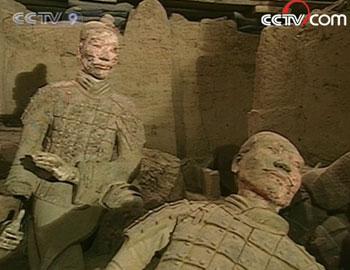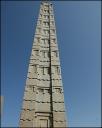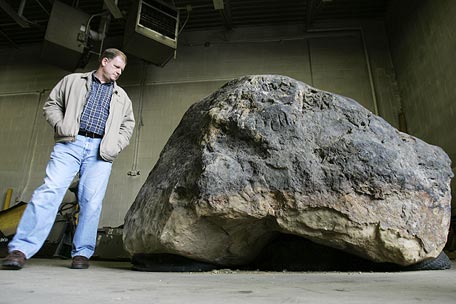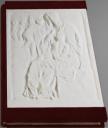 Fromelles is not a very well known battle. It was only engaged to act as a diversion for the German troops busy with the much showier carnage at the Somme, but as was so horrifyingly common in the history of “Someone had blundered” warfare, British General Richard Haking decided that the fake offensive should be an actual frontal attack on the German position.
Fromelles is not a very well known battle. It was only engaged to act as a diversion for the German troops busy with the much showier carnage at the Somme, but as was so horrifyingly common in the history of “Someone had blundered” warfare, British General Richard Haking decided that the fake offensive should be an actual frontal attack on the German position.
The weather was crystalline on July 19, 1916. The advancing Australian and British troops were clearly visible running down their own trenches by the German artillery, perched atop a concrete tower. Many died before they reached the battlefield.
It only got worse after that. The 5th Division Australian Imperial Force, fresh troops who had just arrived in France a week before, and the British 61st Division were slaughtered and most lie in unmarked graves.
Tony Pollard, director of Glasgow University’s centre for battlefield archaeology, is excavating the battle site to recover and hopefully identify some of the remains of the fallen.
Some of the bodies were recovered by the allies, more rotted in no man’s land until after the war, but the site of a mass grave dug by the Germans for hundreds of soldiers who fell within their lines was lost. It was wrongly marked on maps and missed in the postwar recovery and reburial of bodies by both sides.
The futile battle, for 400 metres of ground defended by a concrete tower of German machine guns which hours of allied artillery fire had barely scarred, has been called the worst 24 hours in Australian history, with more than 5,500 killed, injured or imprisoned, more casualties than the country lost in the Boer war, Korea and Vietnam combined.
So far he’s found the remains of 6 bodies crammed into a square meter. He expects to find hundreds more in the same area.
“[The Germans] had to work very fast – this was the height of summer, and the bodies were scattered in the open air all across their lines, decomposing very rapidly.”
They have found skeletal remains and webbing from uniforms, and believe that lower in the pits, protected from air in the sodden mud, complete uniforms and human tissue may be preserved.
So far, they have found nothing to identify individuals or allow them to distinguish Australian from British. They know from the records that the Germans removed identifying material from the bodies before burial, but hope they may find cap and shoulder badges.
One Australian soldier, Harry Willis, has been positively identified. The lucky medallion his hometown gave to him when he joined up was found at the site, so even though his remains may never be specifically identified, his grand-nephew Tim Whitford, visiting Fromelle now with his daughter, now knows where his uncle was buried.




